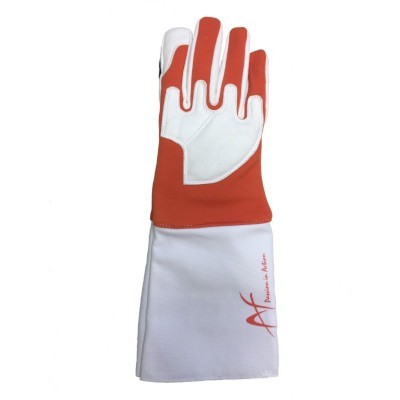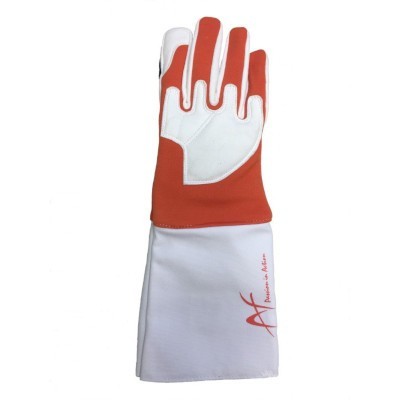Safety at Your Fingertips

Safety at Your Fingertips: Understanding the CE EN13567 Standard for Fencing Gloves
In the universe of Olympic fencing, where each action reflects a calibrated game of strategy and precision, the safety of the athlete plays a paramount role. Among the fundamental but often underestimated elements for fencers' protection, gloves emerge not only as an accessory to improve grip on the weapon but also as essential defenses against the risk of injury. In this context, the CE EN13567 standard serves as a pillar, defining critical safety requirements for gloves used in the sport of fencing.
The CE EN13567 standard establishes not just a guideline but also a focal point for manufacturing companies, imposing stringent standards in terms of materials resistant to cuts and the ability to absorb impacts. These standards are the result of rigorous testing, including cut resistance and puncture tests, ensuring that every glove is not only capable of withstanding the force of a blow but also of preventing blade penetration, thus protecting the athlete's physical integrity.
Introducing the Concept of Newton: Before delving further into the standard, it might be helpful to clarify what exactly a "Newton" is. Simply put, the Newton is the unit of measure for force in the International System of Units. One Newton is defined as the force needed to move one kilogram of mass at a speed of one meter per second squared. In the context of fencing, when we talk about gloves that must withstand 350 or 800 Newtons, we refer to the amount of force they can bear to ensure the athlete's safety. Measuring resistance in Newtons helps to understand how much impact can be absorbed by the glove before it gives way, offering a scientific basis for assessing the protection offered.
350 and 800 Newtons: The safety guaranteed by the CE EN13567 standard also extends to specifying the resistance levels that gloves must demonstrate. Two key thresholds in this context are 350 and 800 Newtons, measures of force that represent the minimum resistance required for gloves intended for light fencing bouts and those suitable for high-impact competitions, respectively. A glove meeting the 350 Newton requirement offers adequate protection for most fencing situations, while 800 Newton gloves are designed to provide superior safety, necessary in more intense competition environments where the force of blows and the possibility of penetration are significantly greater.
For Olympic fencing athletes, choosing a glove compliant with the CE EN13567 standard is not a mere bureaucratic formality; it is a critical decision that reflects their commitment to personal safety and respect for their fellow athletes. Every certified glove carries the CE mark, a symbol of conformity to high European standards and a guarantee of reliability.
Investing in a glove that meets these requirements means not only complying with the regulatory obligations imposed by official competitions but also valuing one's safety on the field. It is a commitment that every fencer must undertake, aware of the fact that personal protection is the first step towards victory.
In summary, the CE EN13567 standard is not just a set of technical guidelines for sports equipment manufacturers, but represents a milestone in the culture of safety in fencing. It ensures that athletes can focus on their sport, knowing that their well-being is safeguarded by cutting-edge safety standards. For fencers, therefore, choosing gloves compliant with this standard means taking an important step towards protecting themselves, while also honoring the spirit of loyalty and respect that characterizes Olympic fencing.




Comments
No comment at this time!
Leave your comment